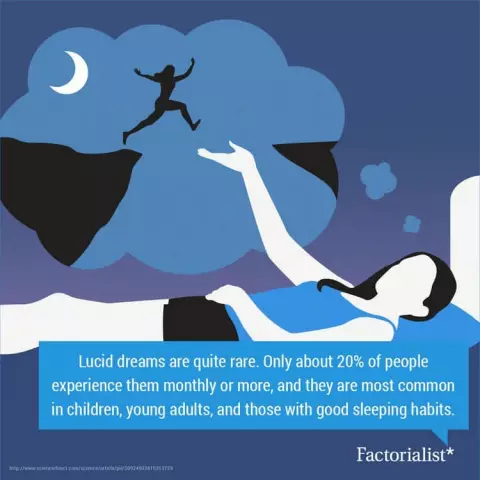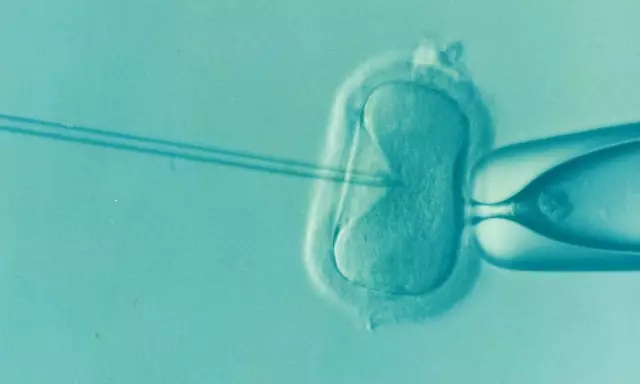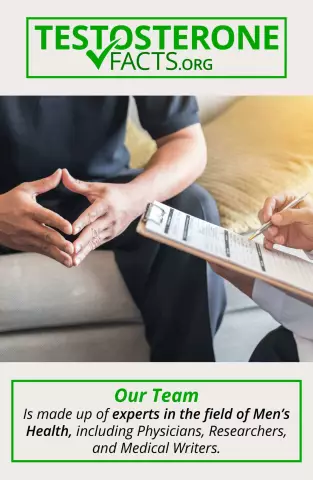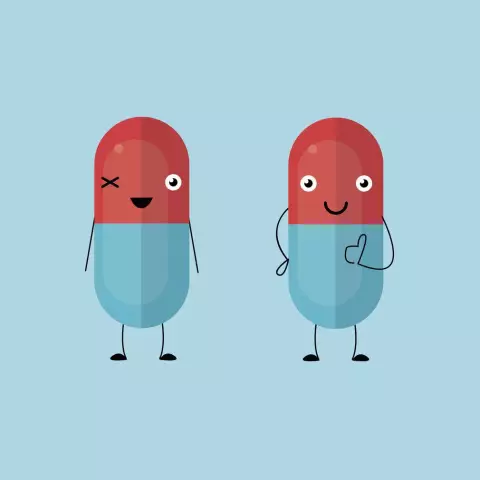- Author Rachel Wainwright [email protected].
- Public 2023-12-15 07:39.
- Last modified 2025-11-02 20:14.
10 interesting facts about pain

Pain can be characterized in different ways. It whines, pricks, pierces, crushes, cuts, drills, drives you crazy. But there is no life without pain. Remember the old anecdote: if you woke up in the morning and nothing hurts, then you are dead.
Here are some of the most interesting facts about pain:
1. Scientists have calculated that every day every homo sapiens experiences more than a hundred painful attacks, just not all of them are recorded by the mind. In our brain there is a so-called "pain center" that controls pain impulses and rejects the weakest. This area is called an insula, and it is located deep between the cerebral hemispheres. Sometimes the "center of pain" fails, and then a person can experience asymptomatic pain all the time. A variation of this problem is called fibromyalgia, or flying pain.
2. There are about 500 people on the globe who never experience pain. But do not rush to envy them. Lack of pain is a rare condition called syringomyelia. This disease can be inherited or due to severe brain injury. At the same time, a person lacks the sensitivity of nerve endings. Usually these people rarely live to even 40 years. After all, the absence of pain does not mean the absence of injuries. Just imagine how much damage these people are doing to themselves without feeling it. Immunity to pain makes their body much less protected.
3. Despite the fact that the brain receives signals about pain from all parts of our body, it is the only organ that is not able to feel it, since it is completely devoid of nerve pain receptors.
4. Psychogenic pain is a symptom of depression. For example, a person thinks that he has a heartache, then a head, or a stomach, and when examined, no diseases are found in him. 68% of people suffering from psychogenic pain begin to experience pain in the middle or towards the end of the working day, and 19% - in the early morning. Moreover, no analgesics help them get rid of pain. But motherwort and validol do an excellent job with this task.
5. Women have a higher pain threshold than men. This is due to the fact that estrogens, female sex hormones, have a natural analgesic effect. In men, the stress hormone adrenaline is responsible for pain suppression. That is why a man is able to get fatally injured, for example, in a fight, but at the same time continue to fight. However, in a peaceful life, an innocent ukolchik can knock him down.
6.

Our body has a "pain memory". This is evidenced by phantom pains. When a person loses a leg or an arm, the brain on a subconscious level refuses to perceive it and looks for the lost limb, irritating it with the help of already non-existent nerve endings.
7. It turns out that you can feel someone else's pain. However, this does not guarantee that you can ease it. For example, you may feel the same pain that another person feels, albeit in a mirror image. This is because the "pain center" processes the visual signal and projects it onto your body. This is called the phenomenon of empathy, and only humans can experience it.
8. Hot peppers can help relieve pain. Scientists have found in it the substance capsiacin, which is a blocker of pain impulses. Capsiacin is also found in mustard and horseradish. Doctors recommend eating these products for people with chronic pain syndromes (arthrosis and neuralgia). Recently, scientists have been actively working on the creation of an anesthetic with capsiacin molecules.
9. There are a number of foods that irritate nerve endings. For example, Parmesan cheese, vinegar, smoked meats, chocolate, and foods containing monosodium glutamate (sausages, canned food, instant soups) can cause headaches.
10. Precious stones help to get rid of chronic pain. There is even a technique called lithotherapy (from the Latin litas - stone). Of course, psychotherapy plays an important role here. Nevertheless, topaz and malachite help get rid of pain in the kidneys and joints, sapphire and amber - for headaches, emerald - for pain in the heart, and jewelry with amethyst will help relieve hangover.
Found a mistake in the text? Select it and press Ctrl + Enter.






